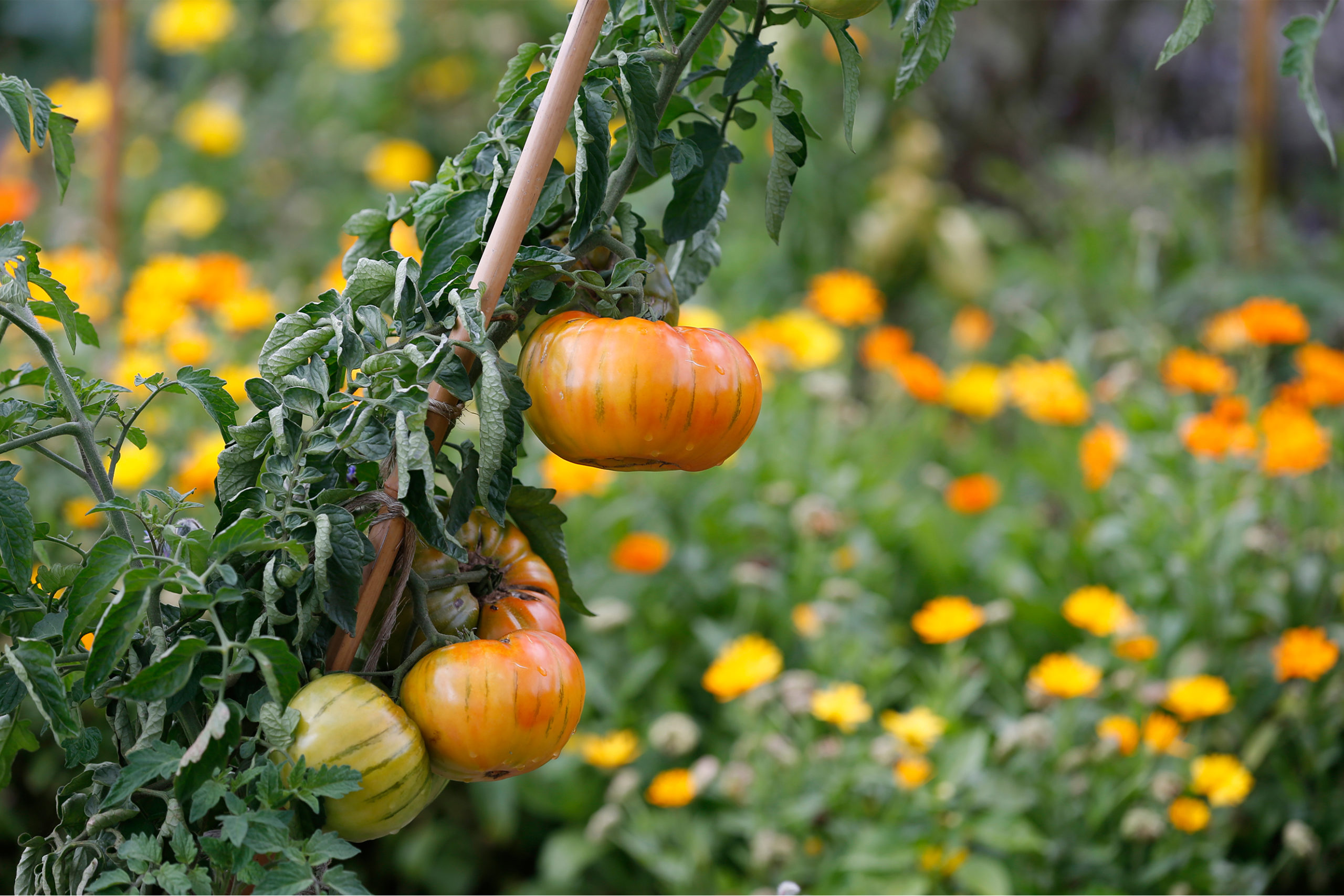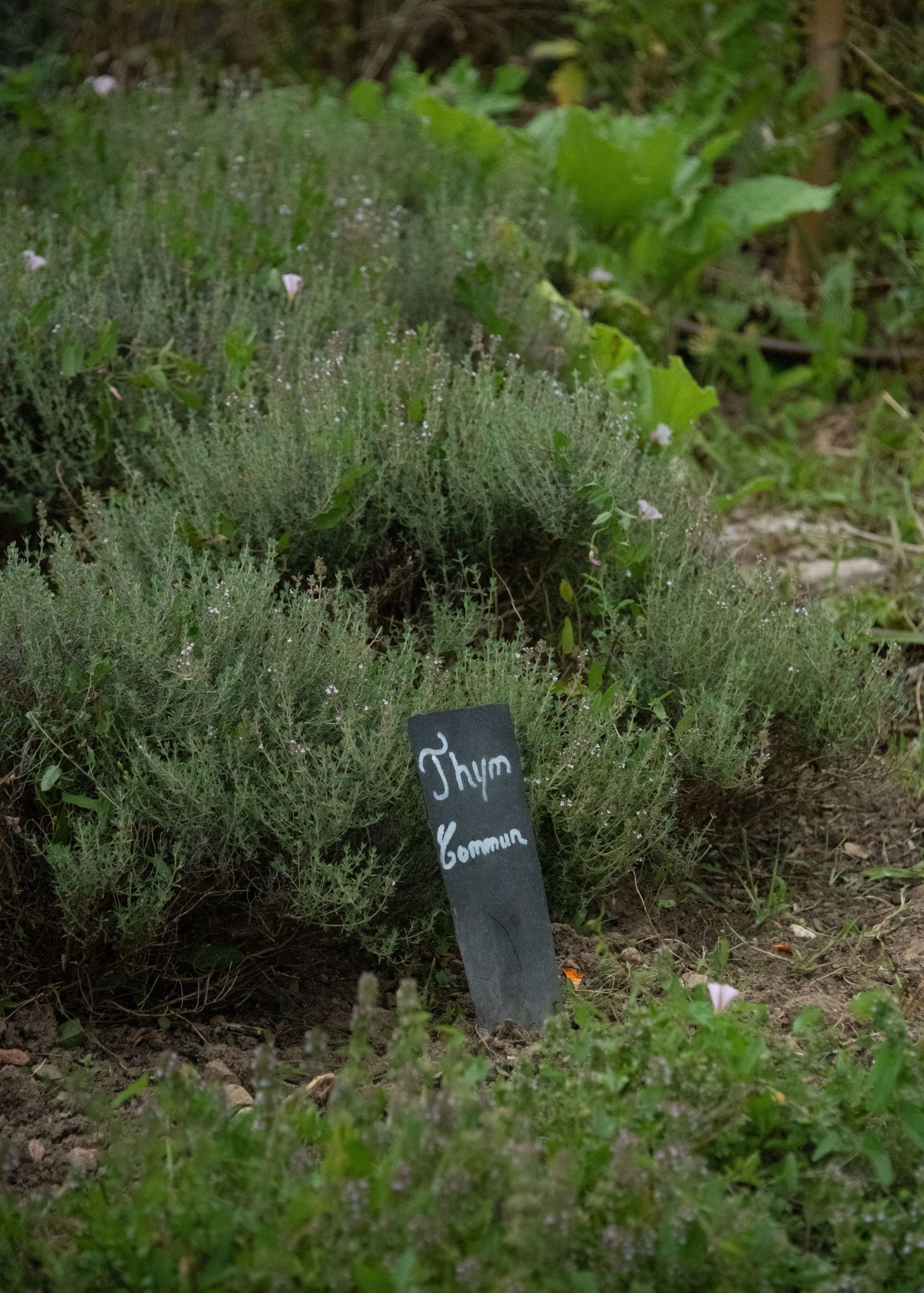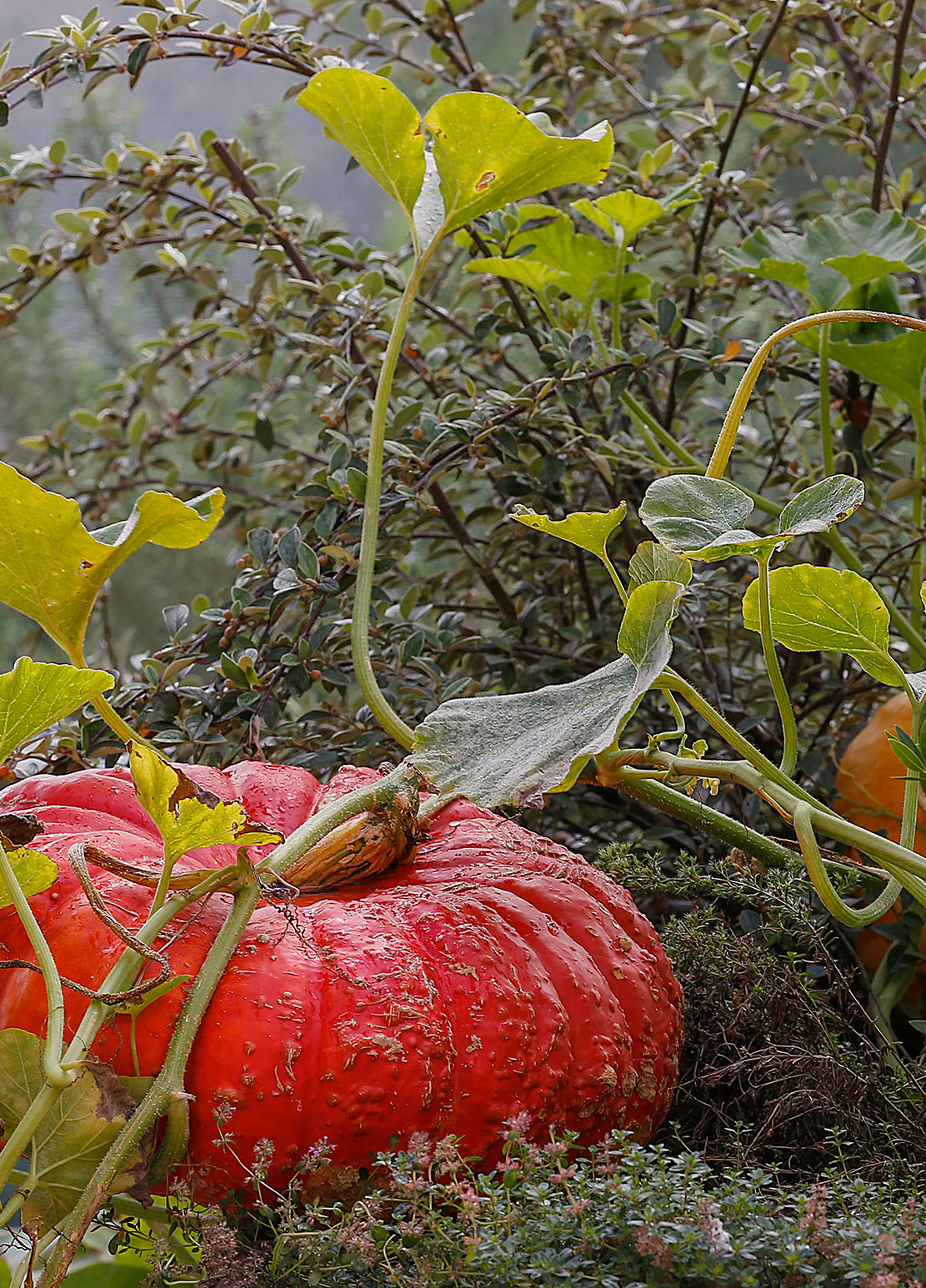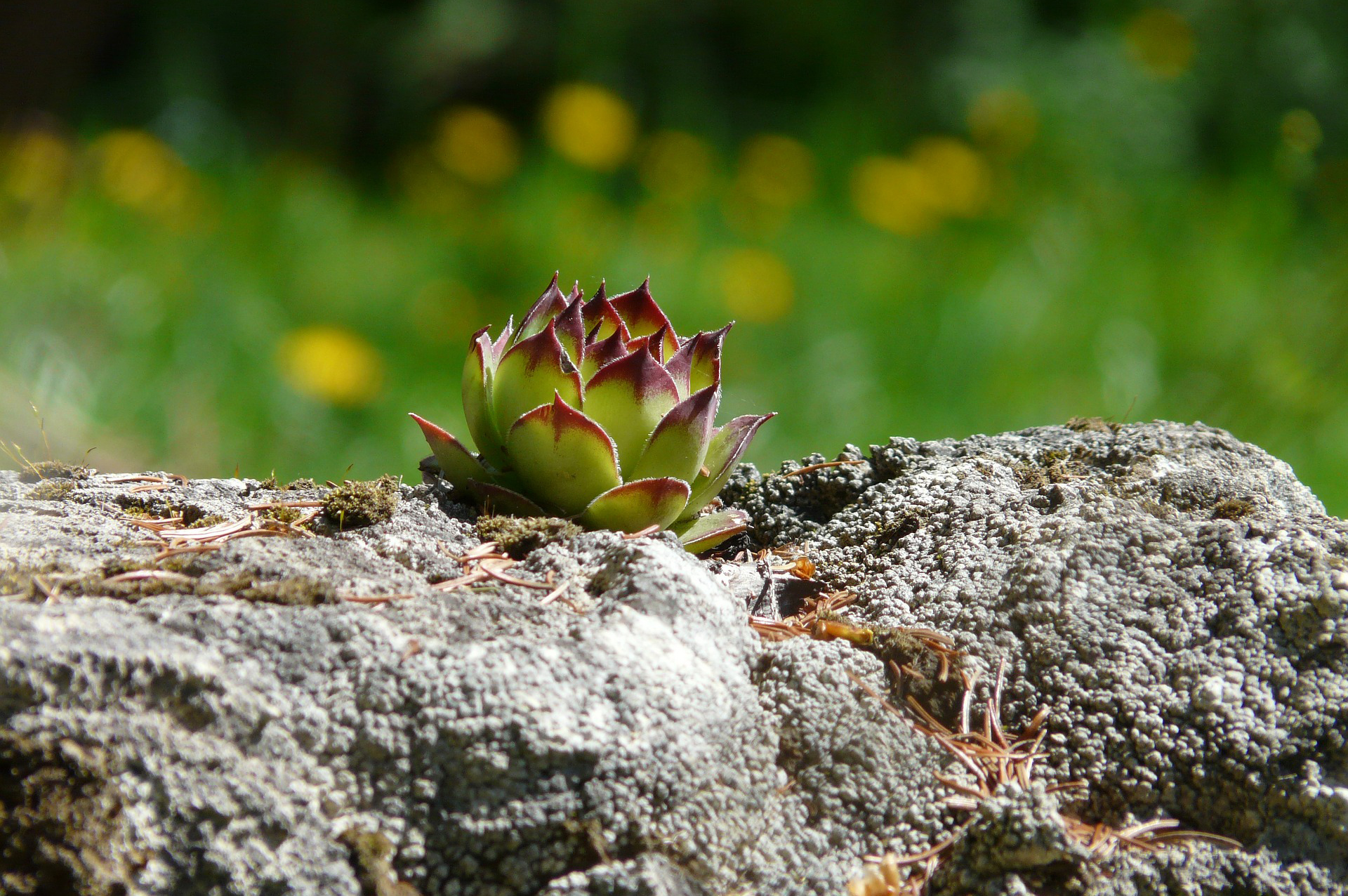“Agriculture is the sum of tasks that alter the natural environment to produce the plants and animals useful to Humans. It is therefore both a transformation of the environment and an adaptation to some of its potentialities.” Georges Duby
In the early Neolithic, approximately eleven thousand years ago, humankind settled down and embraced agriculture and livestock farming. With settlement, women and men began to build villages, then towns and the first organized societies appeared.
Thus everything begins in Nature, which becomes Culture thanks to the human hand that transforms the Earth to feed itself. In fact, numerous material evolutions throughout History have revealed the relationship of our ancestors to the Earth through the centuries.
The modern era, with its exponential industrialisation, intensified natural productions by bolstering growth and increasing the quantities produced. But these new techniques proved to be destructive. Indeed, they are no longer based on a relationship of comprehension and awareness of Nature, but on a relationship of exploitation and domination which henceforth threatens future generations with the ensuing unbalance of ecosystems.
However, many women and men are today reviewing our relationship to Nature, enlightened by the findings of abundant promising research. The focus is gradually shifting towards the health of the soil and sustainable and progressive farming.
Faced with new environmental challenges, stakeholders have been developing experimental agroecology for several years now.
Such is the case of one of the practices of agroecology: biointensive micro-agriculture. Following the principles of permaculture, this practice tends to cross species by adapting them to the Nature of the soil.
Its main target is to reduce the depletion of ecosystems and to promote the enrichment of biodiversity in a more harmonious rapport to Nature.
Micro-agriculture operates under the principle of plant densification and diversity to yield an abundant production over small surfaces, with plants helping each other out. This enlightened agriculture draws its strength from biodiversity.
It takes the form of “edible gardens” with fruit trees, vegetables and aromatic or medicinal herbs. Animals may also be introduced to complement the ecosystem of the crops.
To discover this practice, click on the video link below:
In the Eure department of Normandy, there is a farm that is today renowned among the advocates of biointensive micro-agriculture: the Bec Hellouin farm, which is also a school of permaculture for those who are keen to train in this type of agriculture. In this video, one of its founders, Charles Hervé-Gruyer, will give you a guided tour of the farm:
https://www.youtube.com/watch?v=LZVkPsfYKew
Through this practice of bio-intensive micro-agriculture and of agroecology in general, the aim is to extract the essence of ecosystems, to regenerate Mother Earth and to reach a balance that is beneficial for humankind and Nature. This agriculture improves the fertility of the soil and sustains Life.













